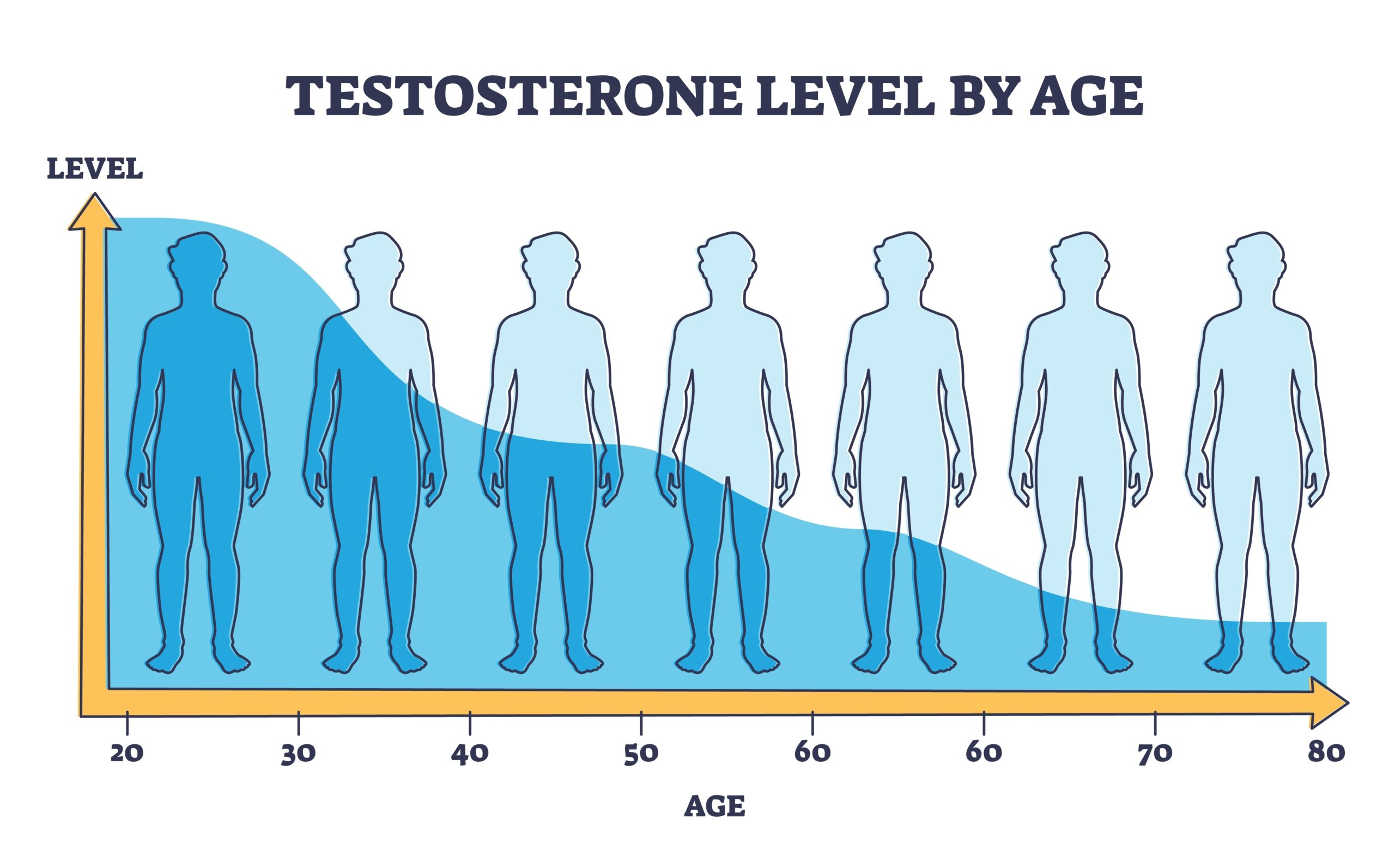Non-celiac gluten sensitivity affects many more people than celiac disease, yet doctors don’t deal very well with proper diagnosis and treatment.
Only 0.7-1% of people have celiac disease, yet one-third of sufferers try to avoid gluten. This trend has real medical basis – Non celiac gluten sensitivity affects up to 6% which is substantially more common than celiac disease.
The numbers tell an interesting story: six people have non-celiac gluten sensitivity for every person with celiac disease. Our clinical practice data shows patients who report clear patterns after eating gluten-containing foods. The symptoms include bloating (87%), abdominal pain (83%), and fatigue (64%). These symptoms might look similar to celiac disease, but the mechanisms and treatment approaches differ substantially.
Let ‘s discuss what doctors often overlook about non-celiac gluten sensitivity in this piece. This detailed guide will direct you through gluten-related disorders, whether you face unexplained symptoms or just want to understand this widespread sensitivity.
What is Non-Celiac Gluten Sensitivity
“Sensitivity to wheat in the absence of celiac disease is a condition distinct from celiac disease, with a biological basis.” — Armin Alaedini, Assistant Professor of Medicine at Columbia University Medical Center
Common Signs You May Have Gluten Sensitivity
Identifying signs of non-celiac gluten sensitivity can be tricky because symptoms often overlap with other conditions. Patients demonstrate a broad range of symptoms that affect multiple body systems.
Physical symptoms
The most common physical signs show up as gastrointestinal distress, with 87% of patients reporting bloating and 83% experiencing abdominal pain [1]. On top of that, many people struggle with unexplained weight loss and chronic fatigue [2].
Notable physical symptoms include:
- Digestive issues like diarrhea and constipation
- Joint and muscle pain
- Skin problems including rash and eczema
- Headaches and migraine episodes
- Unexplained anemia
Mental health effects
Gluten sensitivity can substantially affect mental well-being. Studies show that patients often experience “brain fog,” which makes it hard to concentrate and remember things [1]. Research also reveals that 41% of patients report anxiety symptoms [3]. These symptoms typically improve when patients follow a gluten-free diet [1].
Mental health effects go beyond simple mood changes. People with gluten sensitivity have higher rates of depression than the general population [3]. These symptoms usually clear up within hours to days after removing gluten from their diet [4].
Autoimmune connections
Scientists have found strong links between gluten sensitivity and autoimmune conditions. Hashimoto’s thyroiditis, psoriasis, and rheumatologic diseases commonly occur alongside non-celiac gluten sensitivity [5].
The research shows that gluten can trigger inflammatory responses in people who are sensitive to it [6]. This immune system activation leads to both gut-related and other body symptoms [1]. Studies have found that a gluten-free diet helps reduce inflammatory markers in patients [5].
How Doctors Test for Gluten Sensitivity
Doctors face significant challenges when they test for non-celiac gluten sensitivity because no single definitive test exists [7].
Current diagnostic methods for Celiac Disease
Doctors need to rule out celiac disease and wheat allergy through specific blood tests and evaluations [8]. The diagnostic process follows these systematic steps:
- Complete celiac disease blood panel testing
- Genetic testing to rule out celiac predisposition
- Wheat allergy testing through skin prick or blood tests
- Structured elimination diet followed by gluten challenge
Why traditional tests fail to diagnose NCGS
Traditional testing methods miss non-celiac gluten sensitivity for several important reasons. Standard celiac blood tests like tissue transglutaminase (tTG) and endomysial antibodies show normal results in NCGS patients [8].
Current testing methods focus on celiac-specific markers instead of broader gluten-related reactions, which creates a significant limitation [8]. Studies show many patients experience real symptoms without any traditional test abnormalities [11].
Cyrex Array 3x Wheat/Gluten Sensitivity
A new test for Non-Coeliac Gluten Sensitivity (NCGS) has recently emerged in the field of functional medicine. Known as the Cyrex Array 3X Wheat/Gluten Reactivity & Autoimmunity test, this screening tool has become a valuable addition to the toolkit of NCGS sufferers. Unlike traditional tests that focus on anti-gliadin antibodies or coeliac-specific markers, the Cyrex Array 3X test offers a more comprehensive analysis. By examining a broad spectrum of immune responses to various components of wheat and gluten, it can effectively detect conditions such as coeliac disease, NCGS, and wheat-related autoimmunity.
This advanced testing approach plays a crucial role in identifying sensitivities that might otherwise remain unnoticed. Its ability to uncover a wide range of immune reactions makes it particularly beneficial for individuals who are experiencing symptoms related to gluten intolerance or sensitivity.
The test checks for 16 different markers including wheat proteins, peptides and essential enzymes.
Read more about the Cyrex Array 3 Wheat/Gluten Sensitivity Test Here.
FAQ
Q1. Is there a cure for non-celiac gluten sensitivity? Currently, there is no cure for non-celiac gluten sensitivity. The most effective treatment is to eliminate gluten from the diet, which can help manage symptoms. It is important to note that the elimination of gluten should be carried out under the supervision and guidance of a healthcare professional to ensure the proper management of the condition and to avoid any potential nutritional deficiencies that may arise from such dietary changes.
Q2. Can non-celiac gluten sensitivity affect mental health? Indeed, non-celiac gluten sensitivity can have an impact on mental health. Research has indicated that individuals with this condition may experience a range of mental health symptoms, including anxiety, depression, and what is commonly referred to as “brain fog.” These symptoms have been observed to show improvement upon the removal of gluten from the diet, highlighting the intricate connection between diet and mental well-being.
Q3. What are some common physical symptoms of gluten sensitivity? Common physical symptoms associated with non-celiac gluten sensitivity encompass a variety of manifestations such as bloating, abdominal pain, irregular bowel movements including diarrhea or constipation, joint and muscle discomfort, headaches, skin issues, and unexplained fatigue. It is essential to recognize that these symptoms can vary in intensity and presentation from one individual to another.
Q4. Is non-celiac gluten sensitivity linked to other health conditions? Studies have unveiled significant associations between non-celiac gluten sensitivity and various autoimmune conditions. Conditions like Hashimoto’s thyroiditis, psoriasis, and certain rheumatologic diseases have been frequently correlated with gluten sensitivity. Moreover, gluten has been identified as a potential trigger for inflammatory responses in susceptible individuals, further underlining the intricate interplay between gluten sensitivity and overall health.
References
[1] – https://www.beyondceliac.org/celiac-disease/non-celiac-gluten-sensitivity/symptoms/
[2] – https://www.healthline.com/nutrition/signs-you-are-gluten-intolerant
[3] – https://www.beyondceliac.org/living-with-celiac-disease/psychological-impacts/
[4] – https://www.beyondceliac.org/celiac-disease/non-celiac-gluten-sensitivity/
[5] – https://www.ifm.org/articles/non-celiac-gluten-sensitivity
[6] – https://pubmed.ncbi.nlm.nih.gov/29202198/
[7] – https://www.beyondceliac.org/celiac-disease/non-celiac-gluten-sensitivity/gluten-sensitivity-testing/
[8] – https://pmc.ncbi.nlm.nih.gov/articles/PMC9322029/
[9] – https://pmc.ncbi.nlm.nih.gov/articles/PMC4488826/
[10] – https://www.drkarafitzgerald.com/2021/12/03/best-tests-and-treatments-for-celiac-disease-and-non-celiac-gluten-sensitivity/
[11] – https://pmc.ncbi.nlm.nih.gov/articles/PMC4017515/
[12] – https://www.healthline.com/nutrition/elimination-diet
[13] – https://www.healthydirections.com/articles/general-health/how-to-do-gluten-elimination-diet?srsltid=AfmBOop931mTMmA6oojHc0JTF5kbfnX1MwmfJ8ckd0DyyM19BgNXcPUq
[14] – https://www.mayoclinic.org/healthy-lifestyle/nutrition-and-healthy-eating/in-depth/gluten-free-diet/art-20048530
[15] – https://pmc.ncbi.nlm.nih.gov/articles/PMC6182669/
[16] – https://www.mysymptoms.net/
[17] – https://pubmed.ncbi.nlm.nih.gov/24740495/




